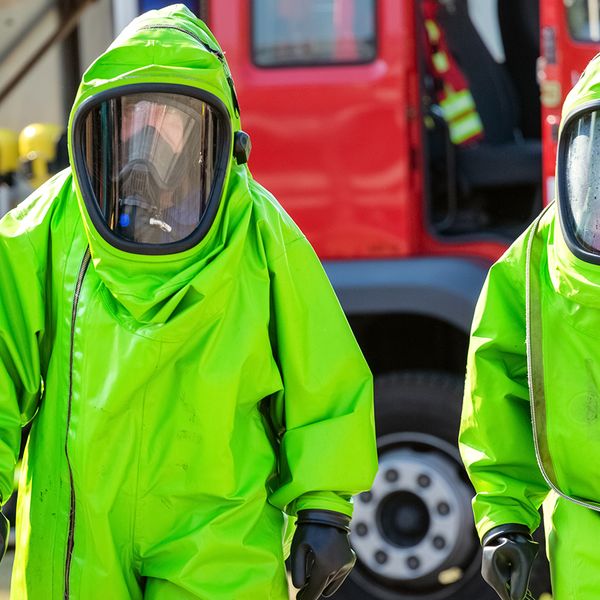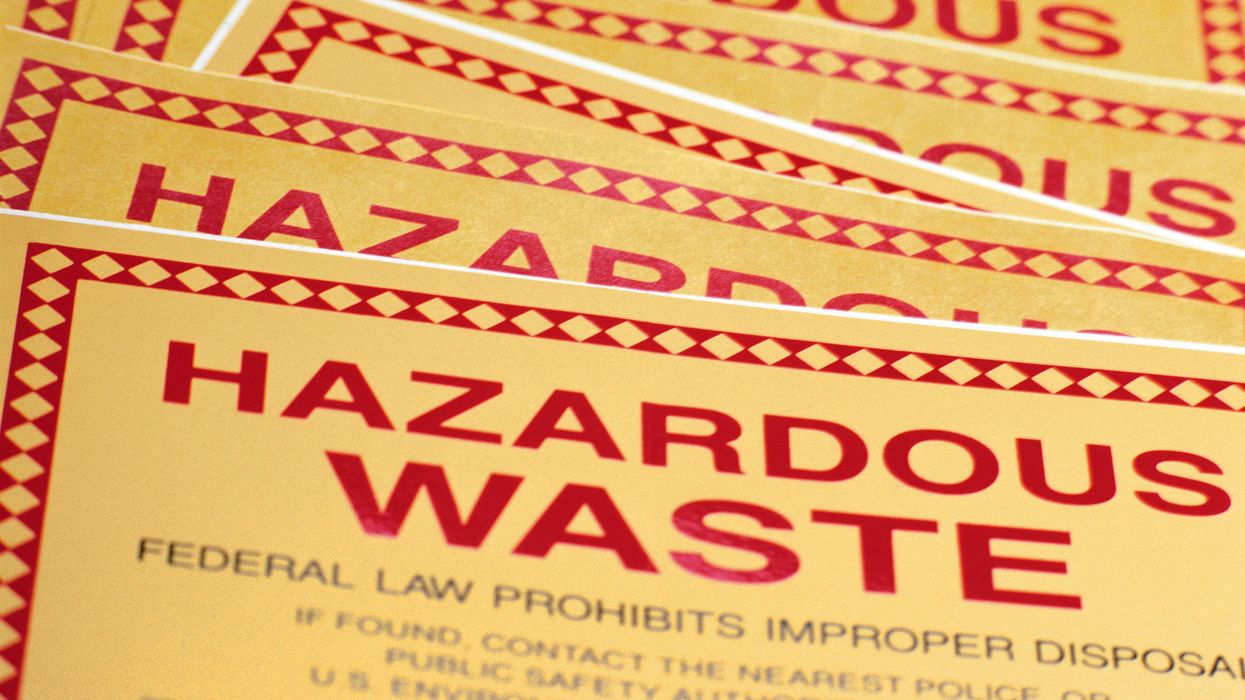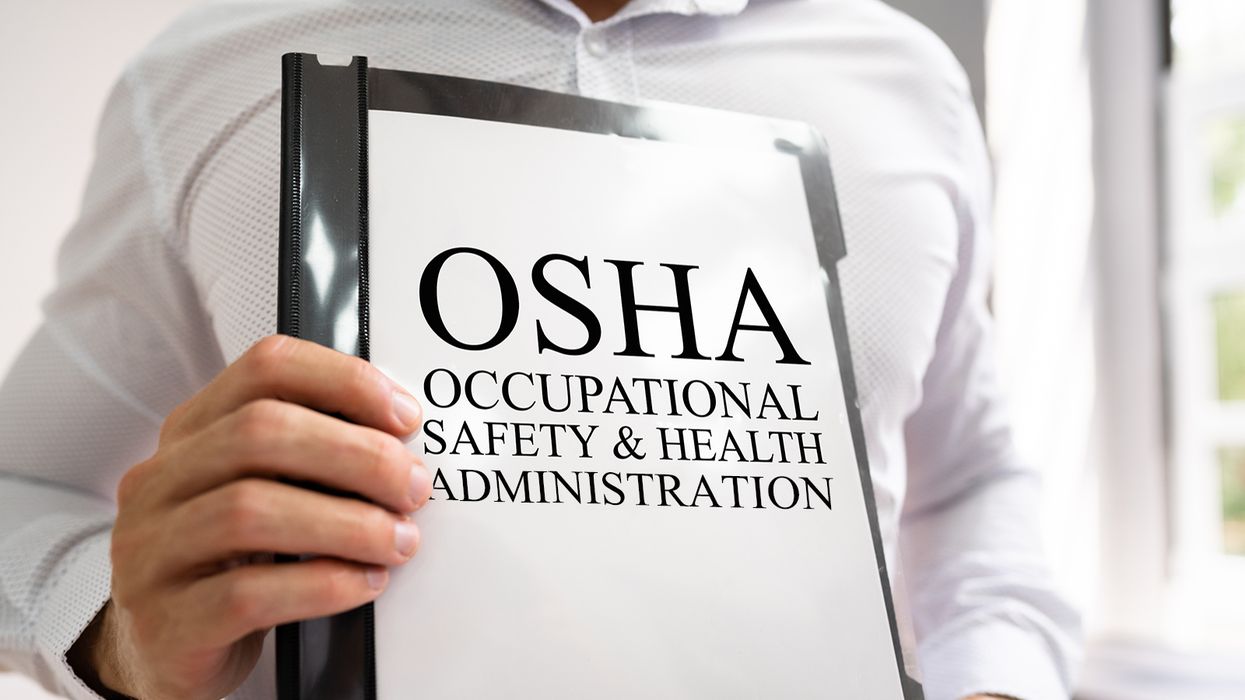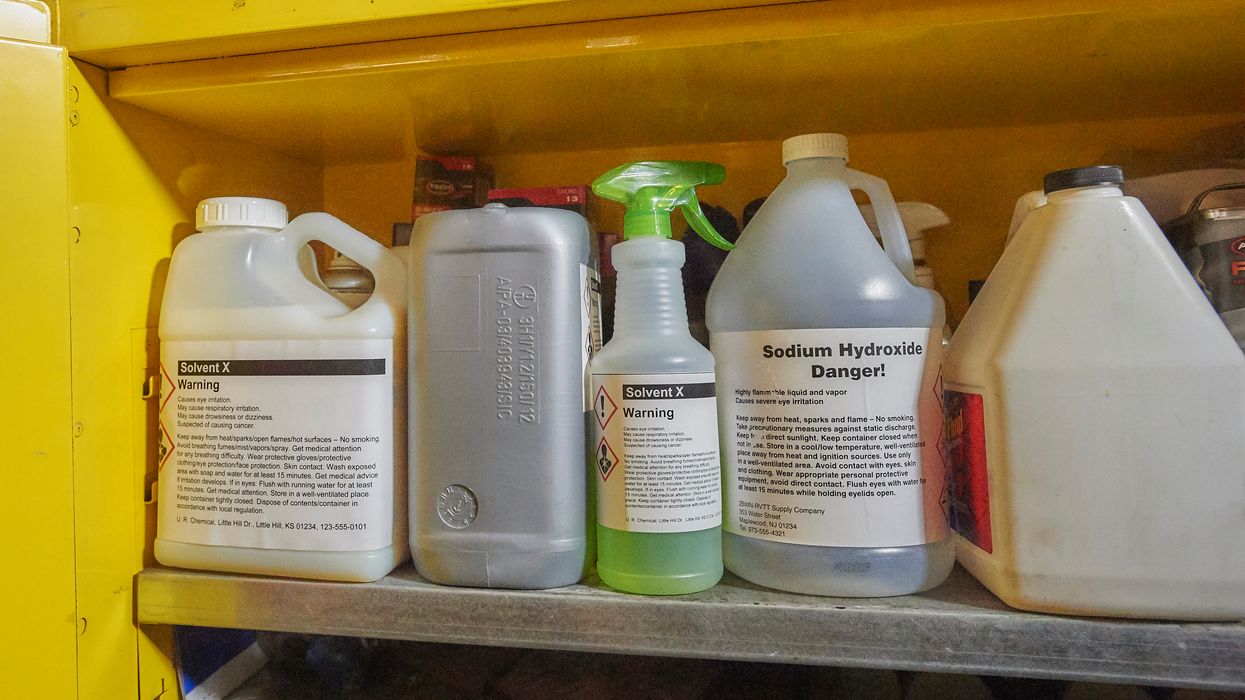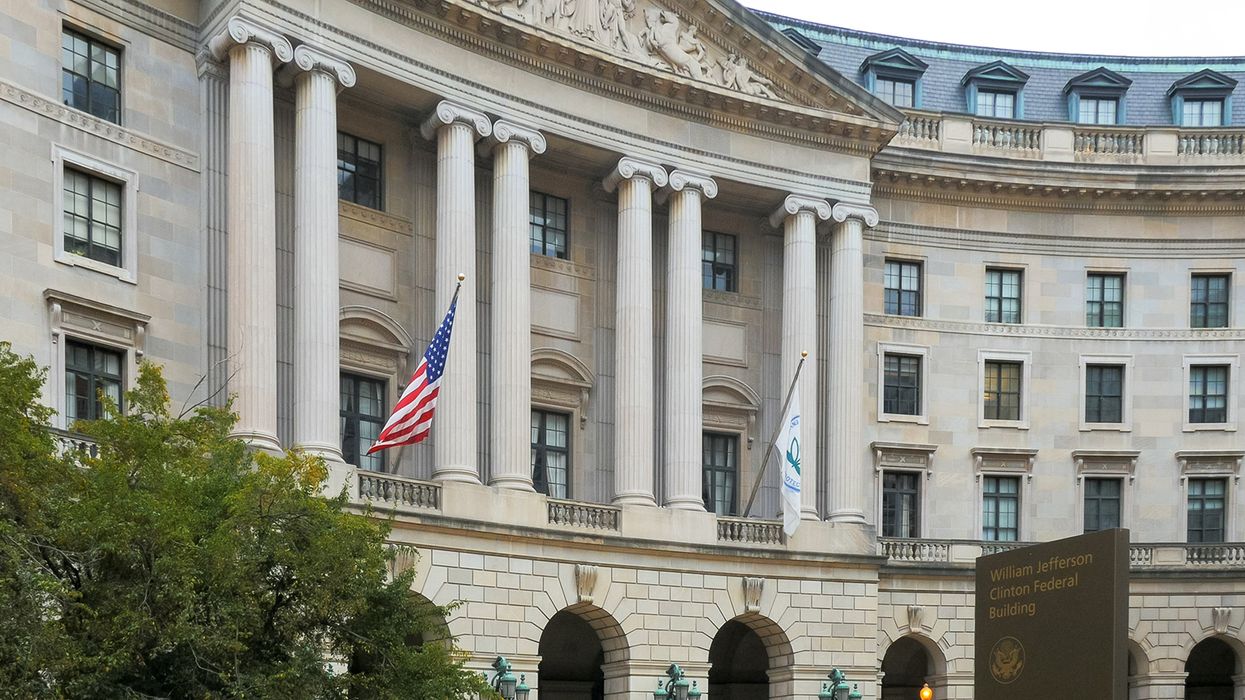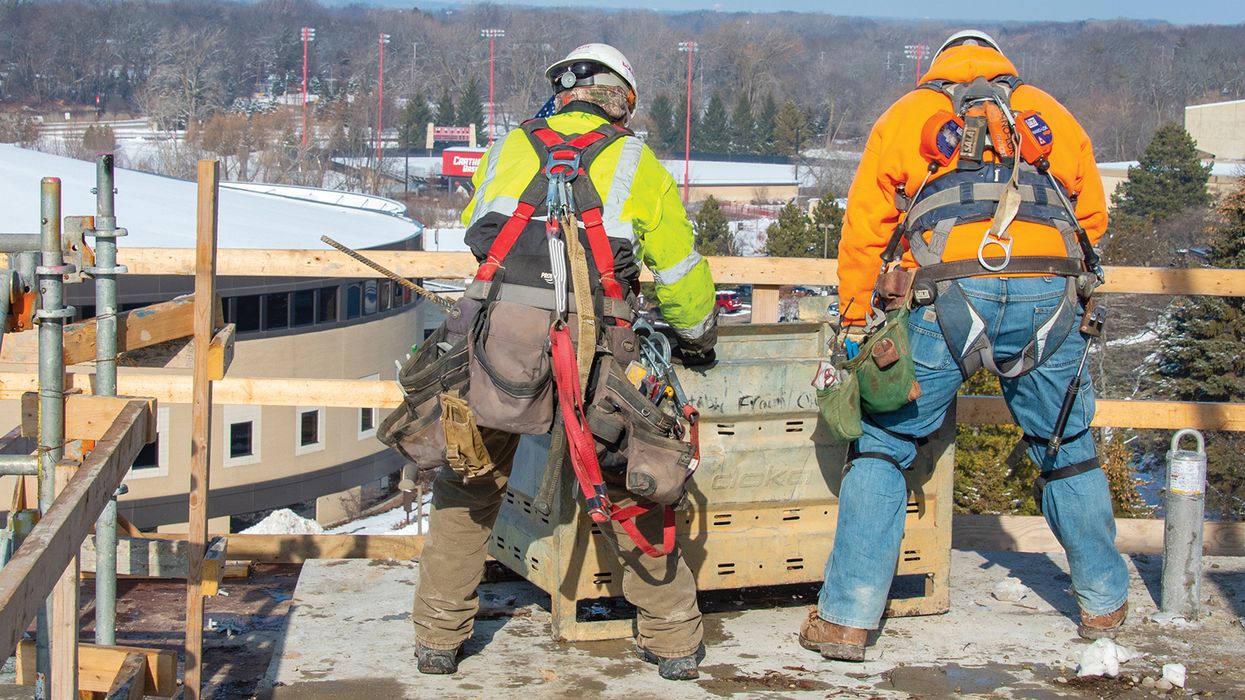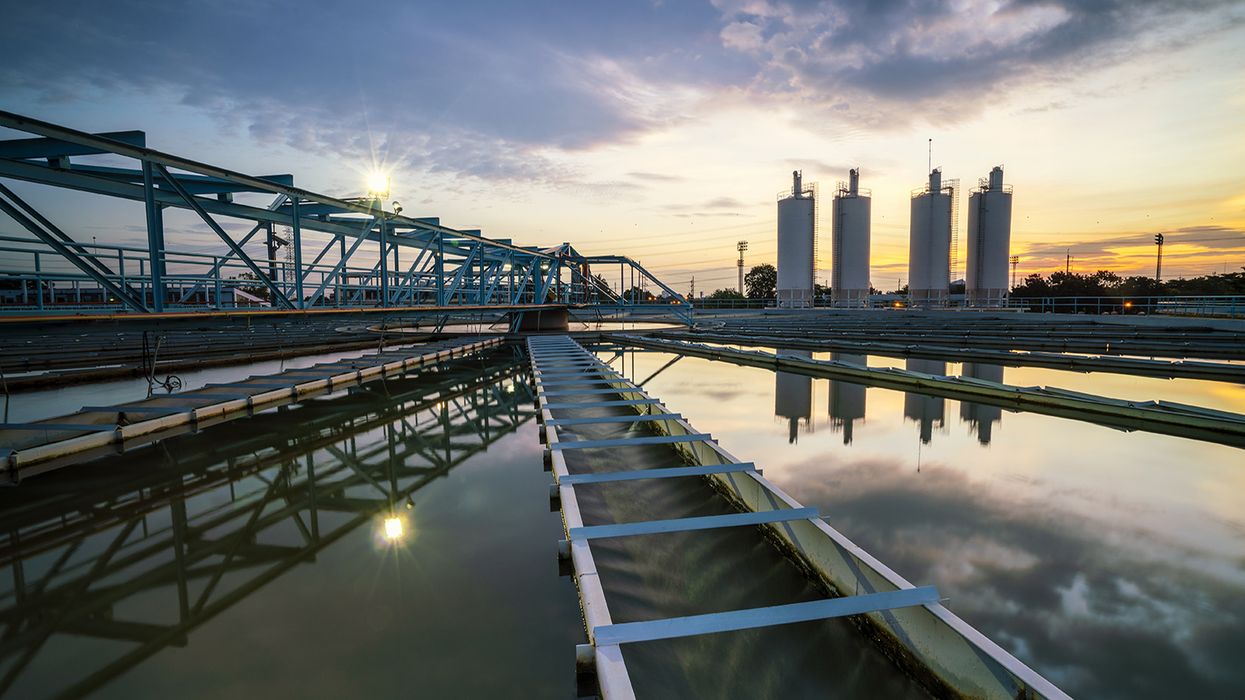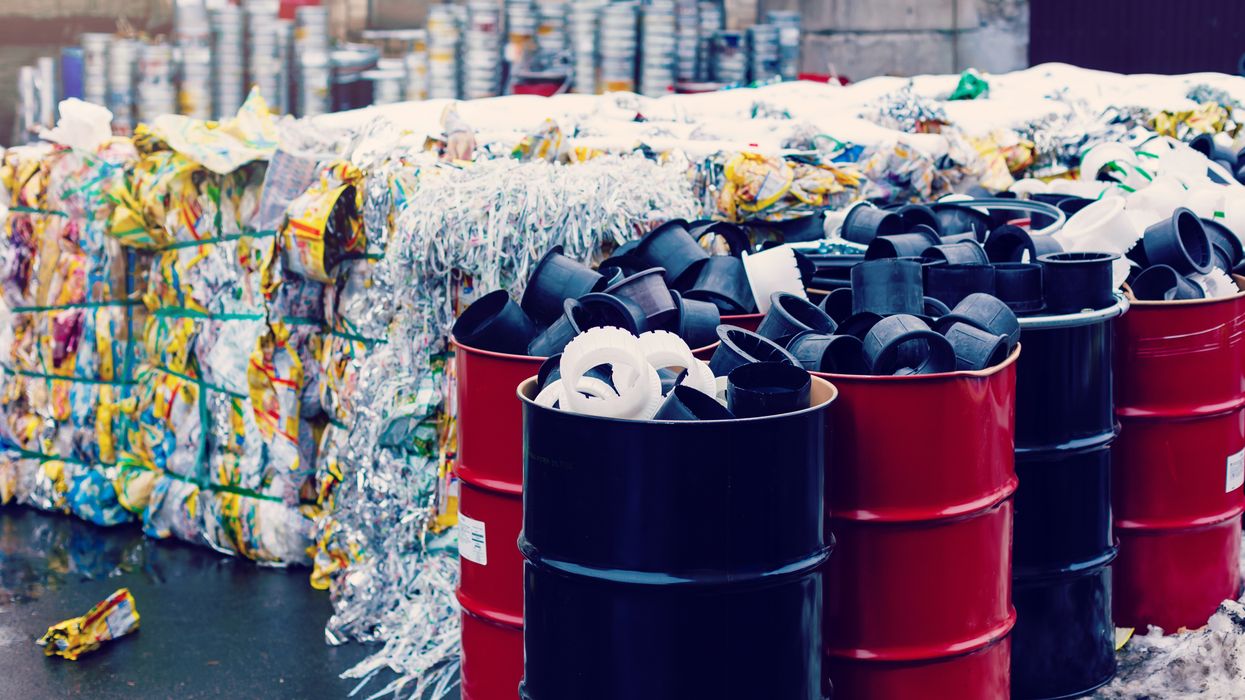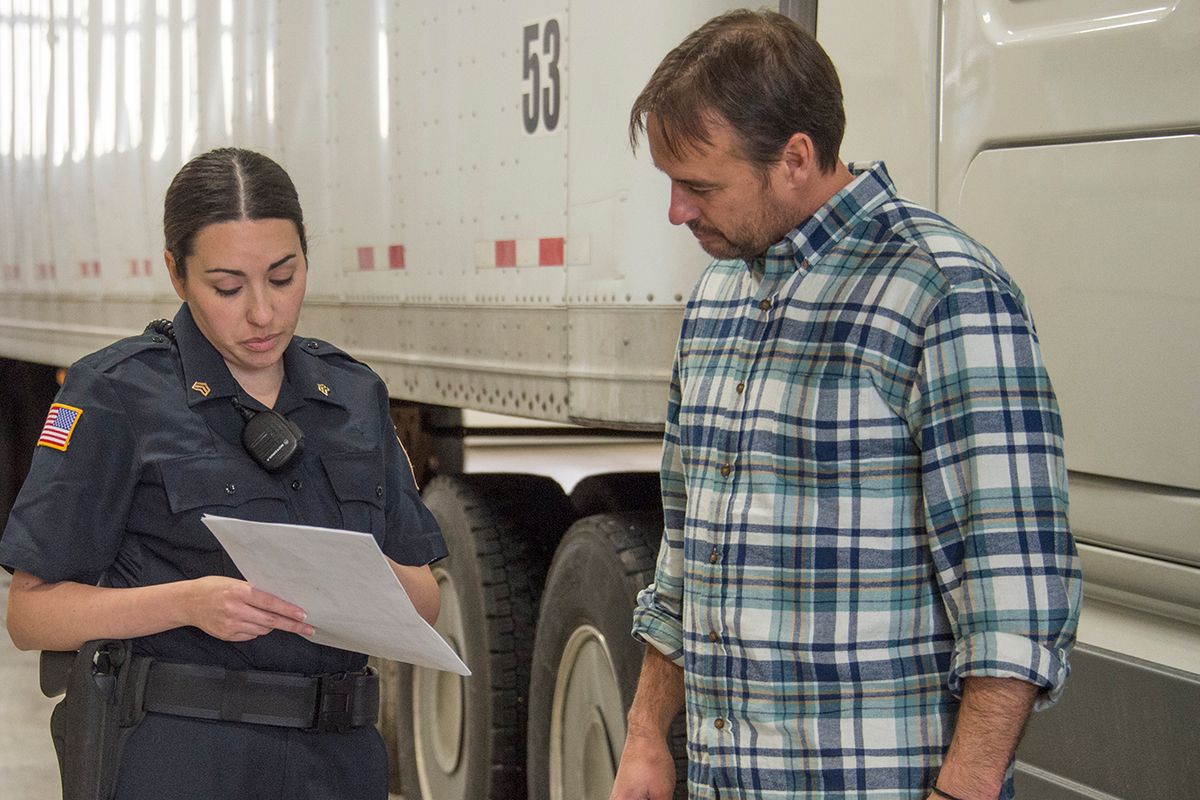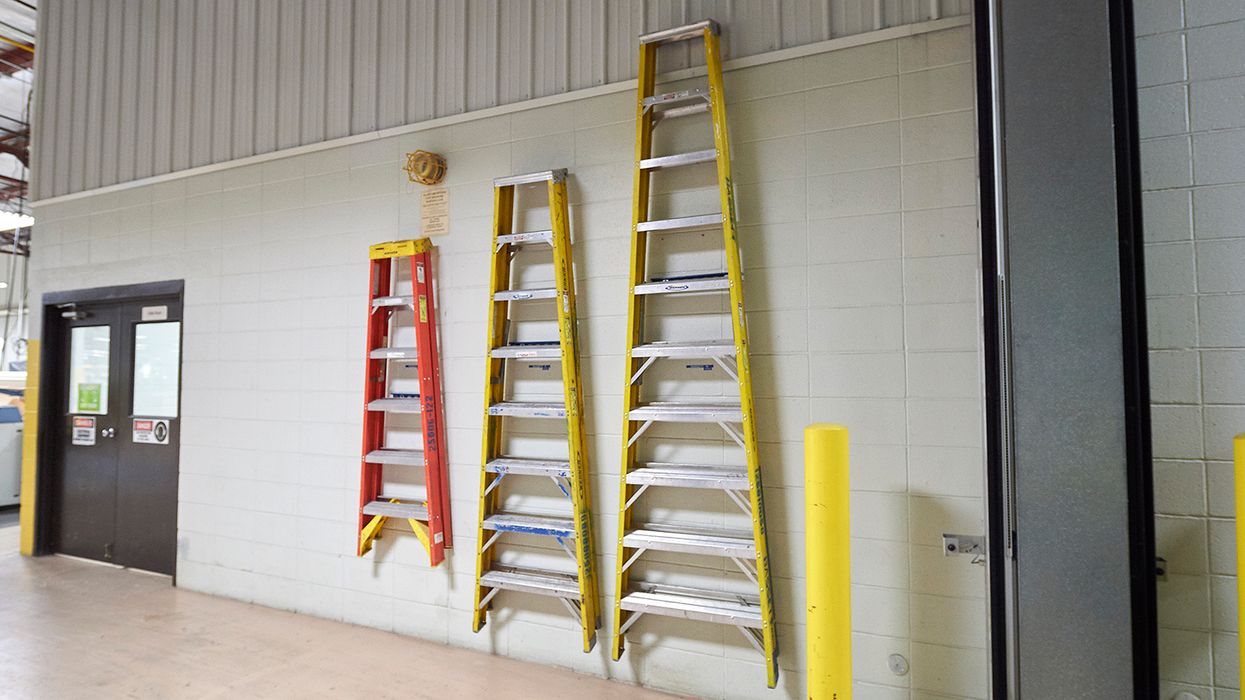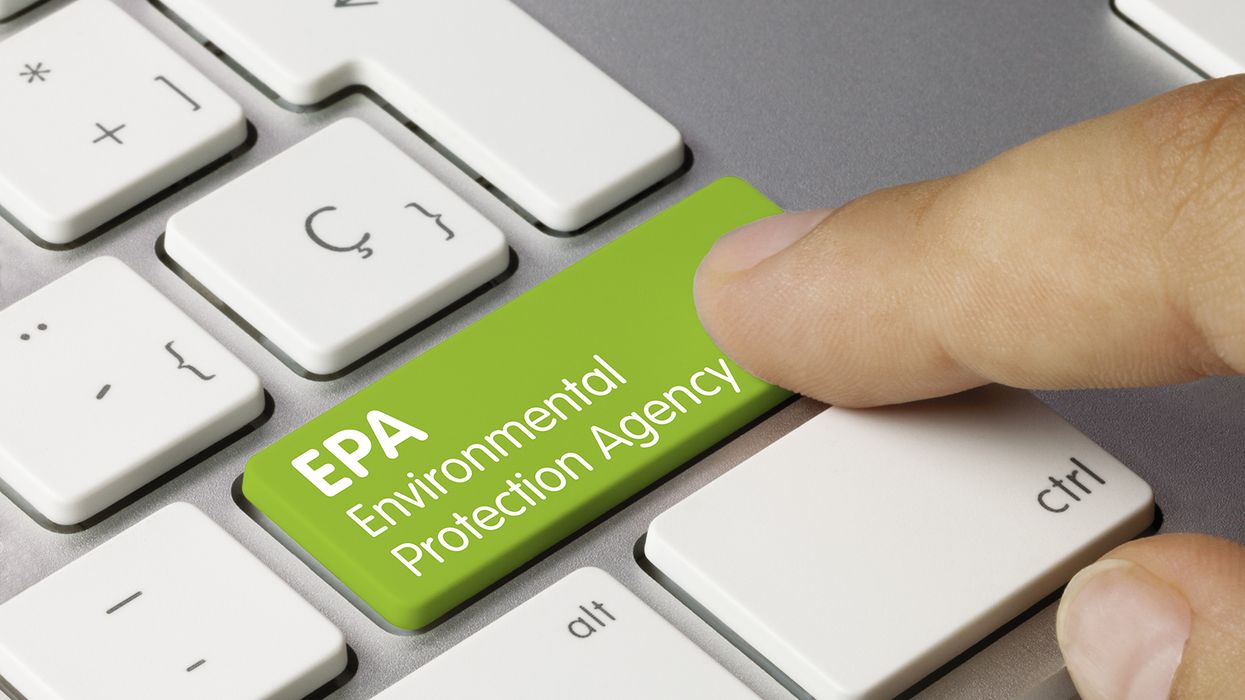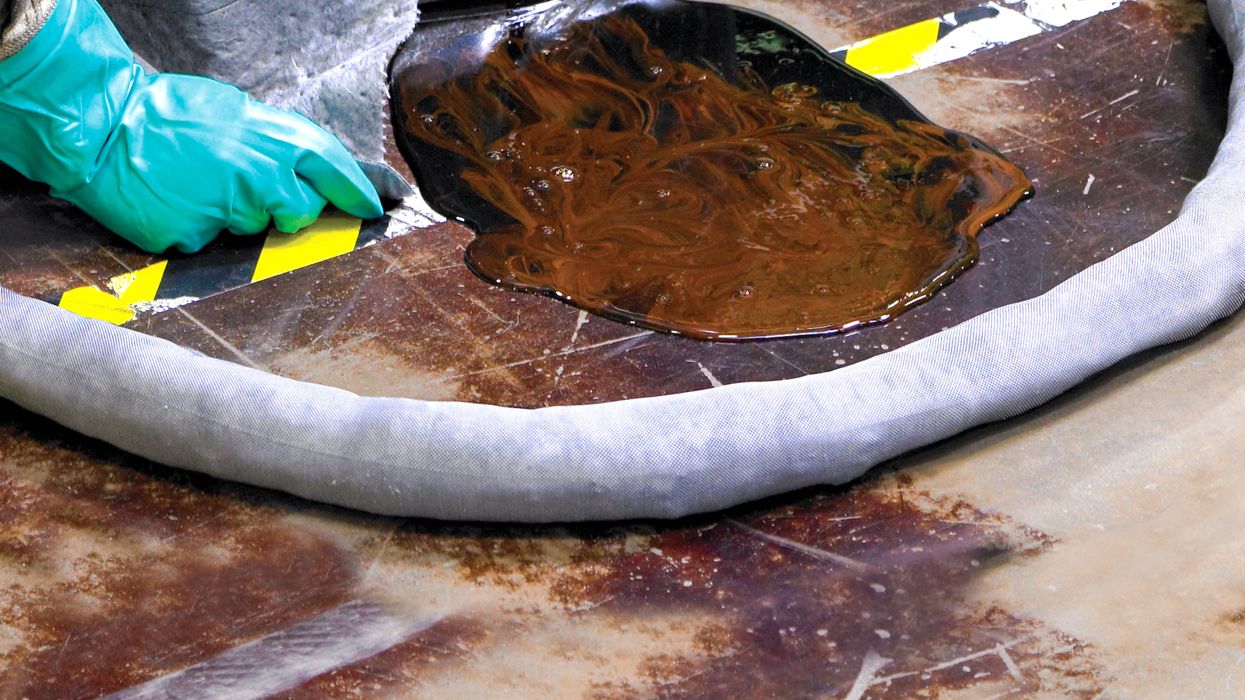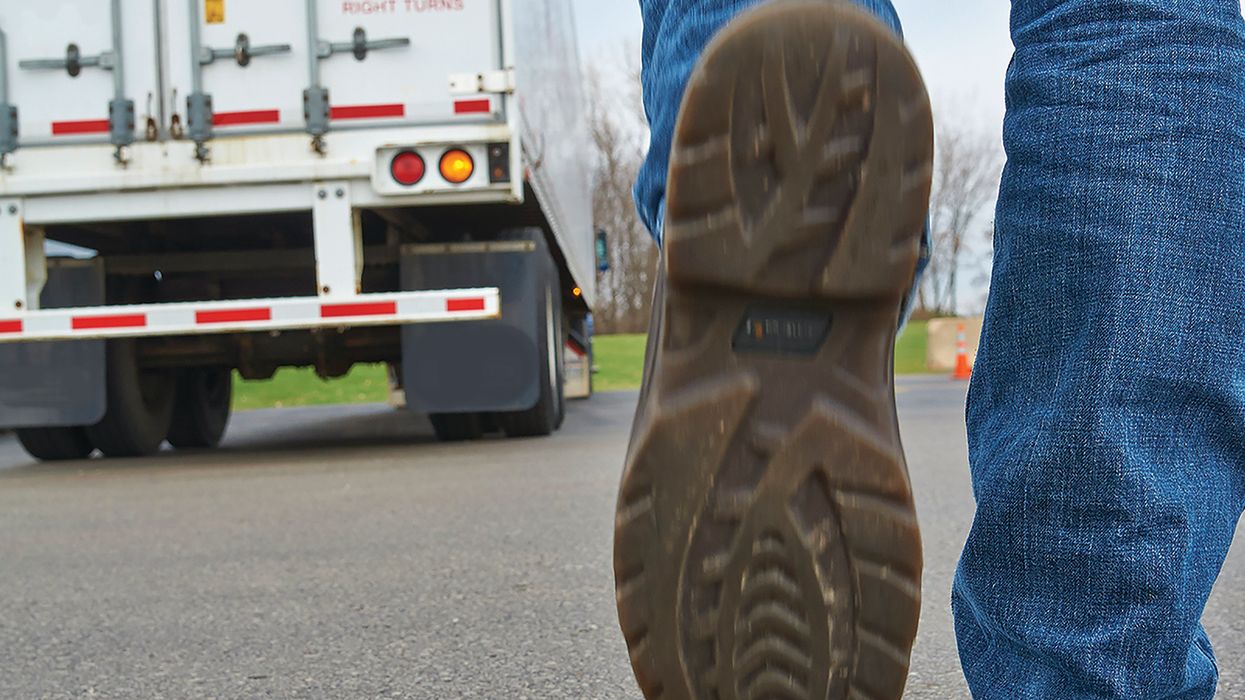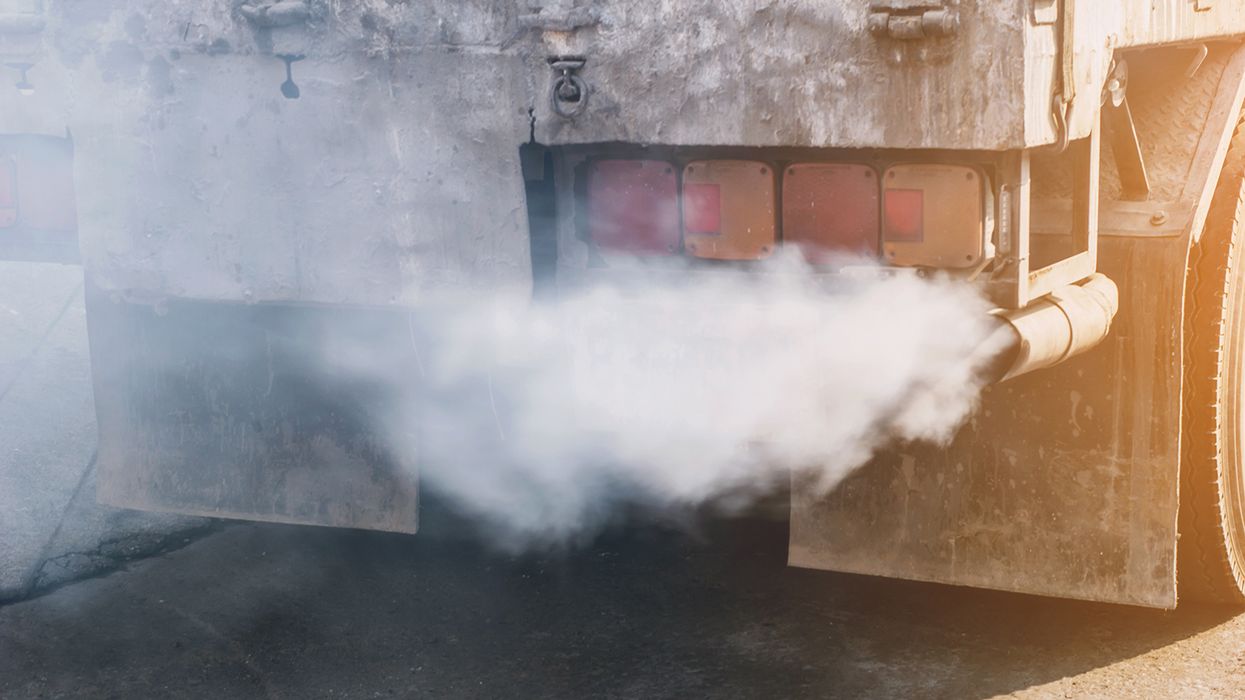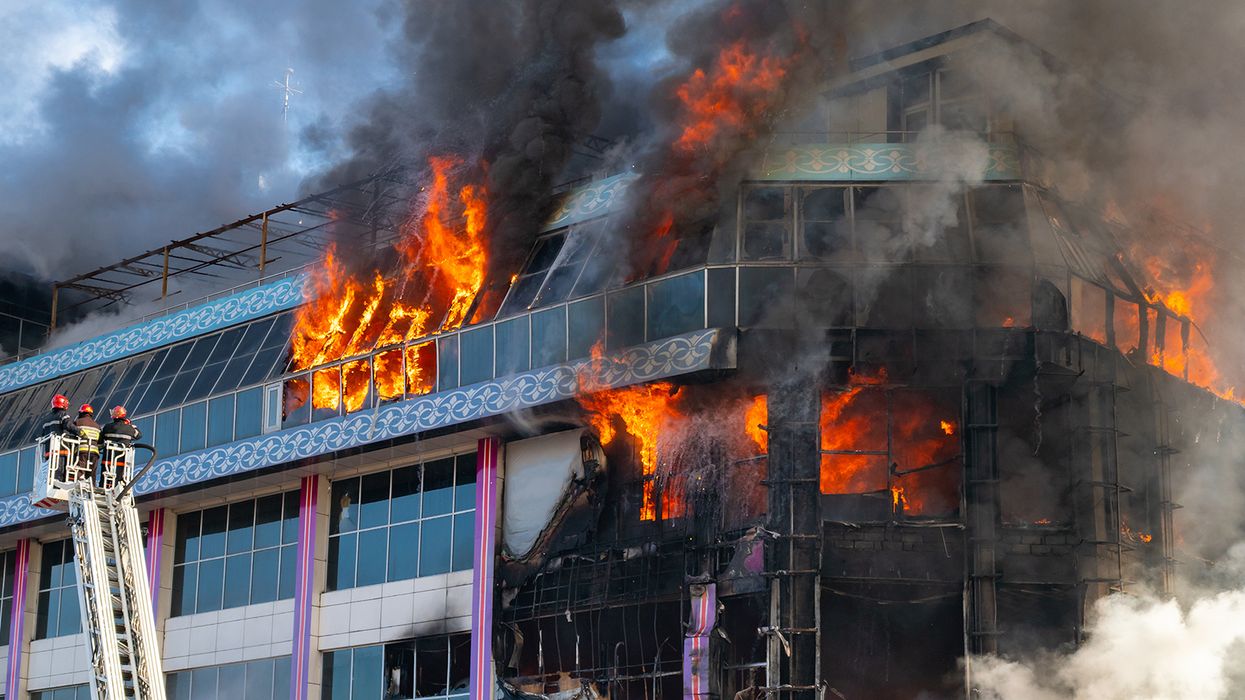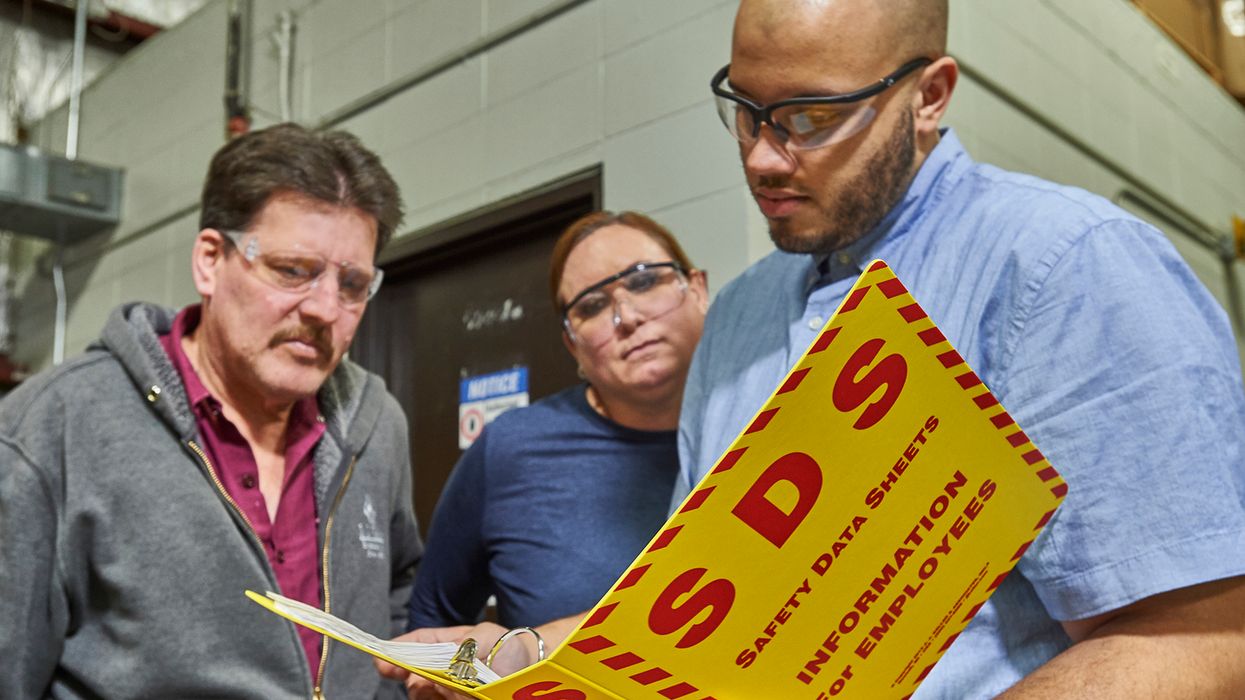CSB unveils eye-opening video, alert, and insider data on chemical incidents
With a backlog of 17 chemical incident investigations in the rearview mirror, the Chemical Safety and Hazard Investigation Board (CSB) released three safety-related deliverables — an animated video, a hazard alert, and a compilation of incident summaries. The agency also updated its reporting form.
Expect even more videos and summaries “soon.” That’s the word from CSB Chairperson Steve Owens last week, during the board’s quarterly business meeting. The board also noted that it is forging ahead with nine new investigations. It means we’ll see investigative reports down the line.
‘Fire from the Storm’ video
The CSB’s new 17-minute safety video, "Fire from the Storm," includes a riveting animation of the events leading to a fire and toxic gas release. The incident occurred when Hurricane Laura damaged a chemical storage facility in Louisiana.
Rainwater then reached the chemical storage. The chemical decomposed, producing toxic chlorine gas and a fire. A large plume of chlorine traveled over the community.
The CSB video calls on OSHA and EPA to amend regulations on Process Safety and Risk Management, respectively. Five key safety issues contributing to the incident are covered:
- Extreme weather preparation,
- Process hazard analyses,
- Emergency preparedness and response,
- Adherence to hazardous materials codes, and
- Gaps in regulatory coverage of reactive chemical hazards.
The latest video follows two others issued in October and July. It also aligns with an alert shared last July on hurricane preparedness.
Cold weather alert
Cold weather can crack or break pipes. It can also lead to ruptured or damaged process equipment and/or failing instruments. In December, CSB rang alarm bells over an uptick in chemical incidents during cold weather. The CSB alert listed over a dozen safety steps and links to guidance on cold weather operations.
Process safety management programs are regulated at 29 CFR 1910.119. Per the alert, these programs should consider how low temperatures may affect piping, equipment, and instruments. Equipment susceptible to ice or hydrate formation should also be identified and properly winterized.
Extreme weather dangers are a recurring theme for CSB. Last July, during hurricane season, Owens said, “When it comes to extreme weather, chemical companies should expect the unexpected and must always be prepared for the worst-case scenario.”
Event summaries issued
In a move toward transparency, CSB compiled summaries for 26 of the chemical incident reports it has received. These events summarized in Incident Reports Volume 1 resulted in five fatalities, 17 serious injuries, and about $697M in property damage in 15 states since April 2020.
For over two years the board has posted “overall” data about incidents reported under 40 CFR 1604. That’s the Reporting of Accidental Releases standard. CSB now calls this standard the “Accidental Release Reporting Rule (ARRR).”
For the record, CSB has received 460 reports in the last five years. The reports reveal 68 fatalities and 249 serious injuries/illnesses. Over 200 of these incidents involved property damage of $1M or more.
The overall data reports provide:
- The name and location of the chemical facility,
- The date of the incident, and
- Whether the incident involved a fatality, serious injury, or substantial property damage.
However, the latest Volume 1 also reveals:
- A summary of the event,
- Its probable cause, and
- Images of the involved facility or incident scene.
Owens argued, “The American people have a right to know about the kinds of dangerous chemical incidents that happen across this country every week.”
Reporting form change
It’s worth noting that CSB updated its Accidental Release Reporting Form and Instructions last June. The changes:
- Merge the form and instructions into a single document;
- Make minor formatting and grammar corrections;
- Indicate a fourth reporting method (to call CSB to relay the National Response Center ID number);
- Clarify that only “substantial” property damage information is required; and
- Add a confidential and disclosure statement.
Key to remember
CSB continues to deliver videos, weather-related alerts, and data. The agency has also updated its reporting form and launched an initiative to reveal more incident details on a regular basis. Expect more from the board in 2025, along with any number of investigative reports.





